#420OHIO
Understanding Cannabis: The Benefits Of THCA
Why Ohio Patients Should Buy High-Percentage THCA Medical Cannabis Strains
Story by: Randy Shaffer
There are dozens of chemical compounds found within the makeup of the cannabis plant. Many of these compounds contain active materials that can be beneficial to Ohio medical marijuana patients. Most cannabis users are aware of the top two active compounds, THC and CBD. They get all the press! But did you know that there’s other compounds just as powerful, if not more powerful?
In this first chapter of Understanding Cannabis, we’ll take a look at the health benefits of THCA, and what patients should look for when visiting an Ohio medical marijuana dispensary.

THC, CBD & Cannabis Legality
CBD derived from hemp was recently legalized in Ohio for medical and recreational purposes. This means that hemp-derived CBD will be hitting store shelves very soon. In fact, if you’ve visited any of the Family Video or Mustard Seed stores throughout the Buckeye State, chances are you’ve already seen the fruits of CBD’s legalization efforts. There are products everywhere, ranging from gummies to sprays and pills.
CBD is literally everywhere now. And while hemp-derived CBD doesn’t have the potency or effectiveness of CBD derived from cannabis, many patients and non-patients alike will likely dip their toes and test out this amazing cannabinoid.
CBD (from cannabis) and THC is still only allowed in the Buckeye State for patients who have an Ohio medical marijuana card. With this card, patients can enter an Ohio medical marijuana dispensary and buy medical cannabis in a variety of ways, from dry flower to concentrates.
Other chemical compounds, like THCA or CBN, fall under the rules and regulation standards of the Ohio medical marijuana control program. This makes them illegal to use unless you have an Ohio medical marijuana card.
What is THCA?
There’s far less research out there exploring the benefits of the other active chemical compounds found within cannabis. In fact, most of the studies focus their efforts on the health benefits of THC and CBD. However, one cannabis acid is beginning to show a lot of progress in studies. That cannabinoid acid is THCA.
THCA, or tetrahydrocannabinolic acid, is found on raw, live cannabis plants. As THCA is dried, the compounds slowly convert to THC. This often means that cannabis strains will have a higher percentage of THCA than THC.
For example, in my review for Triangle Kush, I noted that the strain contained 23.77% THCA. This resulted in a conversion to 21.87% THC after drying. In lesser words, patients should look to the THCA number to see how much THC is potentially locked inside the plant.
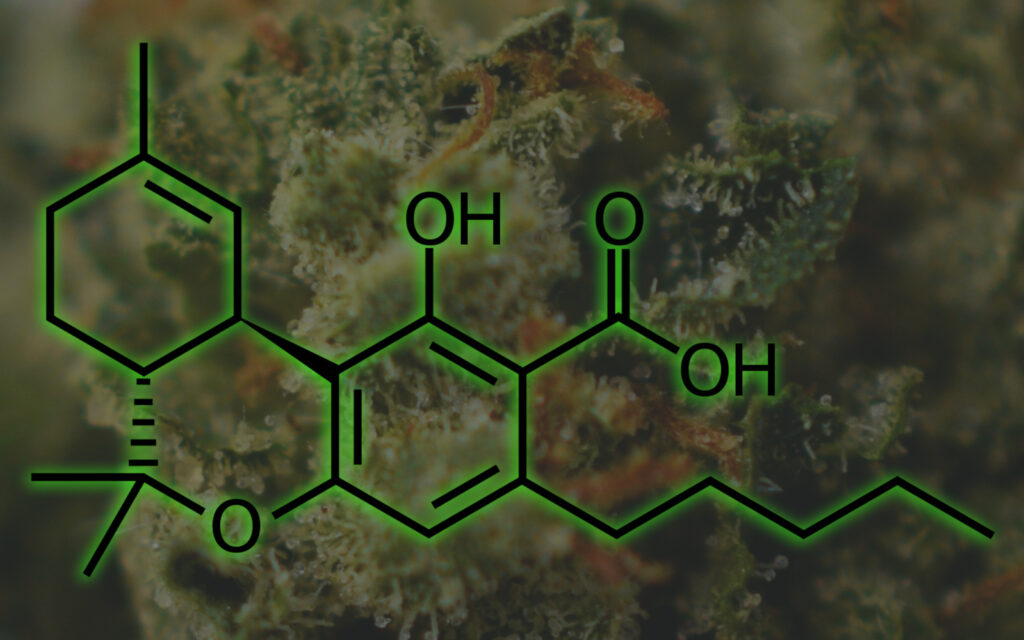
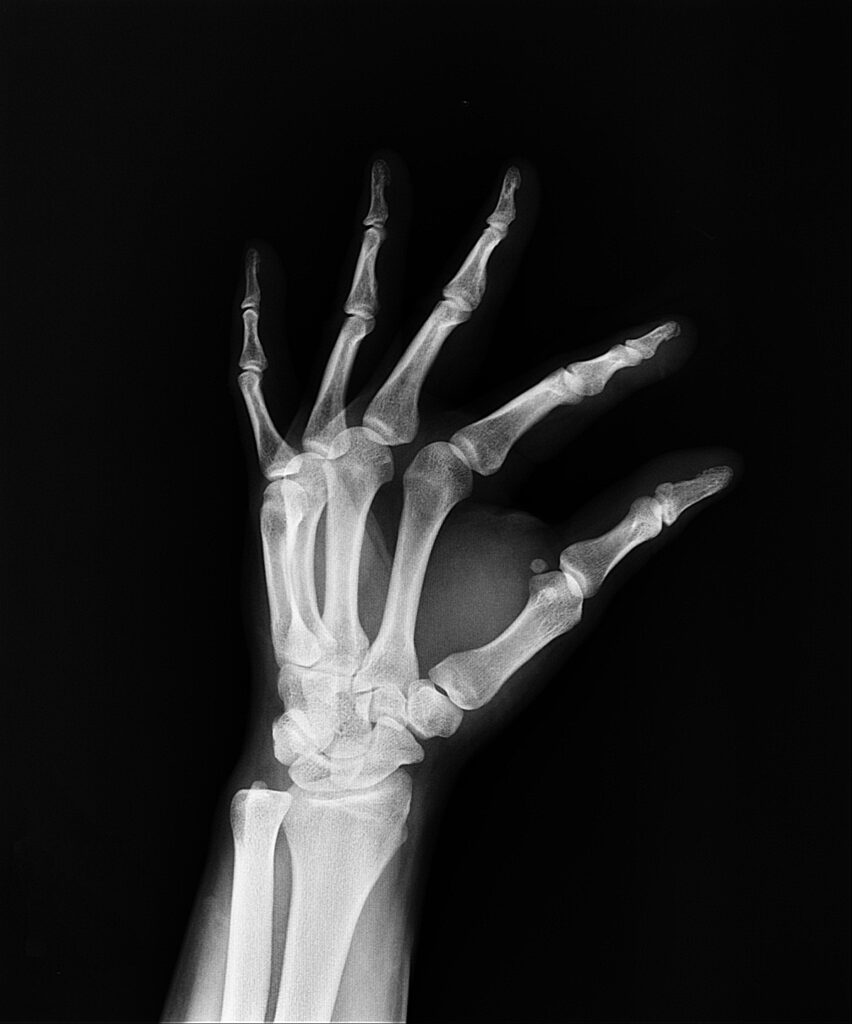
What Are the Benefits of THCA?
THCA is lacking any hard scientific evidence at current, but recent studies and anecdotal evidence are pouring in that THCA may be one of the most powerful cannabinoids found within the makeup of the cannabis plant.
Here are some potential health benefits:
- Anti-inflammation – A study was conducted in 2011 that determined THCA may be a major component to reducing inflammation in patients.
- Antiemetic (appetite and nausea control) – Another study conducted in 2013 suggested that THCA in combination with CBDA were successful in combating the symptoms of nausea and appetite loss.
- Anti-proliferative – Early research indicates that THCA may help prevent the spread of prostate cancer cells in the body.
- Neuroprotective – A 2012 study outlined the possibility that THCA may help patients struggling with neurodegenerative diseases, like Alzheimer’s or Dementia.
As cannabis legalization slowly sweeps the nation, we should get more research about this fascinating cannabinoid.
Anecdotal evidence suggests there’s more secrets to unlock about THCA’s potential. More research could eventually lead to better strains and better treatment options for patients.
Decarboxylation of THCA
Our bodies are not capable of converting THCA into THC. The problem is, we simply don’t get hot enough. Temperatures must be over 105 Fahrenheit in order to activate the chemical compounds and begin the conversion process. The human body is pretty much toast at 105 or higher, so decarbing the natural way won’t work here.
In order for the acids in cannabis to convert to cannabinoids, they must first be dried. Following drying, heating or vaporizing cannabis will result in a swifter conversion from THCA to THC. There are several methods that patients can use in order to decarb their medical cannabis. We’ll break down each method below.
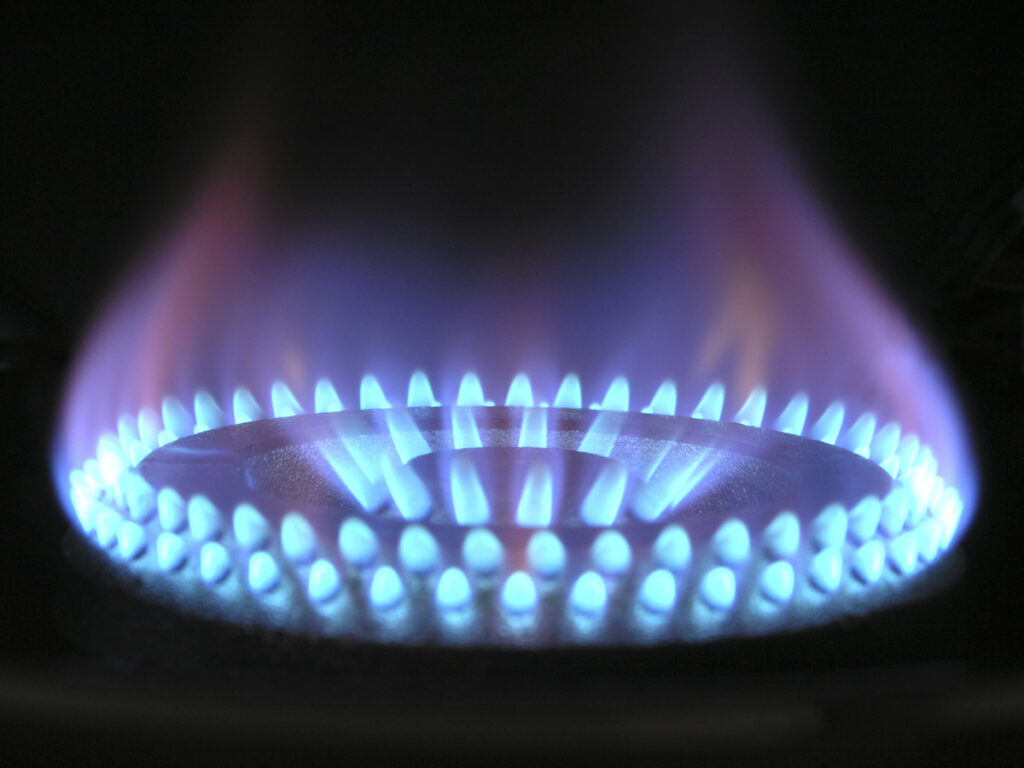
Oven Decarboxylation
This method is probably the best for activating the chemical compounds of the cannabis plant before making edibles.
Simply grind up your cannabis and place onto a baking sheet (line it with parchment paper or use a silicone mat). Place the ground cannabis into a preheated oven and bake at around 230 degrees Fahrenheit for around 45 minutes (times will vary depending on cannabis moisture). Once done, you can make cannabutter!
Sunlight & Room Temp Decarboxylation
You can actually decarb your weed using the rays of the sun by placing ground cannabis in direct sunlight. Or you can even cure you cannabis indoors at room temperature.
The sun can quickly bake your cannabis if it gets too hot, though. And indoor decarboxylation can take several days (10-15 days or longer). For this reason, the oven method is recommended.

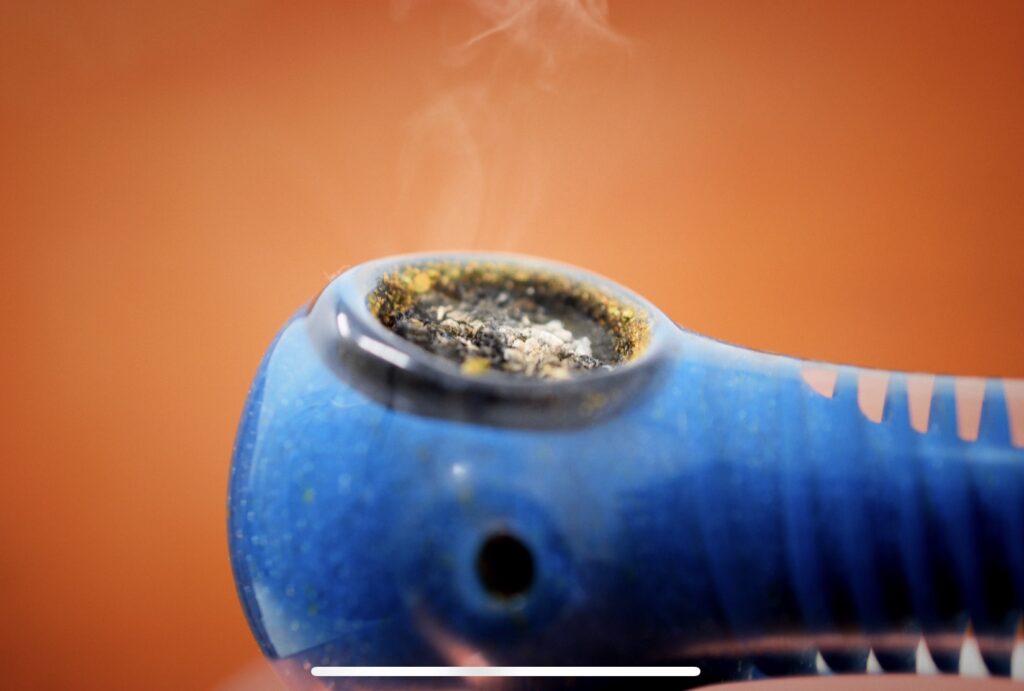
Smoking & Vaporizing Dry Flower
Smoking medical cannabis is illegal in Ohio, but smoking is still a method that works to decarb THCA. This method is far less efficient at decarbing weed than vaporizing. This is because combustion of the cannabis actually raises the temperature too high, resulting in less of the active chemical compounds being released.
For this reason, vaping is much better. Vaping allows the active chemical compounds of cannabis to vaporize without burning the weed itself.
Vape Pens & Concentrates
An evolution of vaporizing dry flower, patients can actually vape decarbed oils and concentrates. This is the easiest way to enjoy the medicinal benefits of cannabis, though production of vape pens can be sketchy, most notably on the black market. This results in vape pens that have too many pesticides or heavy metals.
However, Ohio medical marijuana is tested to ensure these issues are not present. If issues do occur, recalls in the Buckeye State are issued quickly. In fact, Ohio recently recalled medical cannabis drops after an issue with contamination.
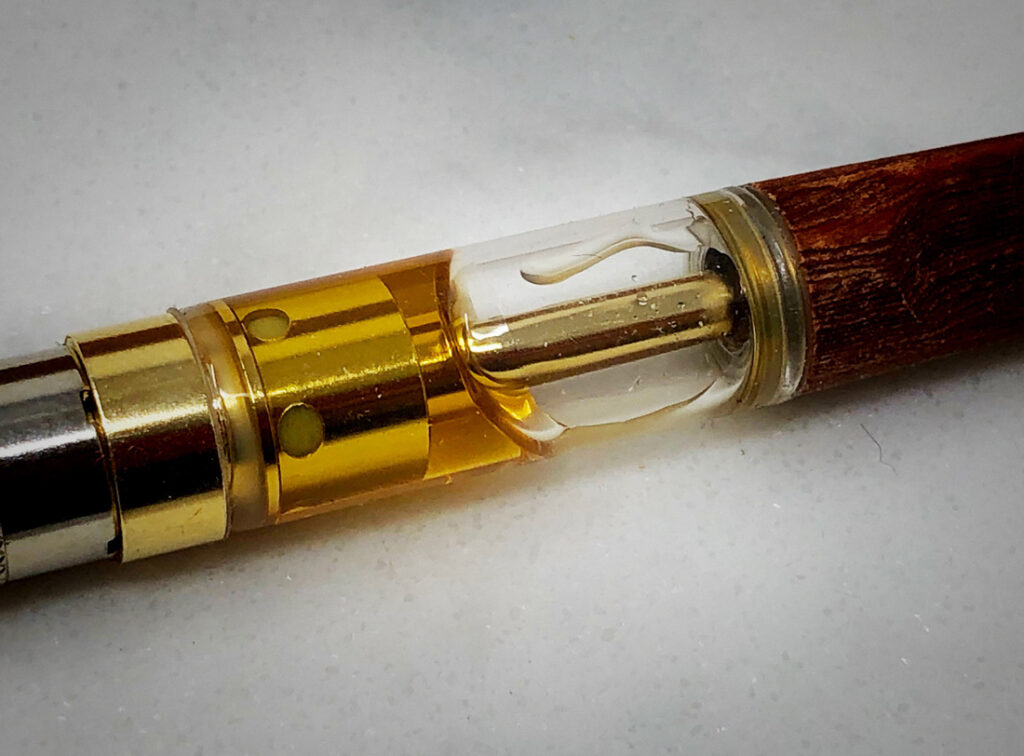
The Future of Cannabis
THCA is just one of many different chemical compounds found within cannabis. And the more research that is conducted about this miracle plant, the more we will see just how many of these chemicals can actually benefit patients.
Is there one active compound or terpene that you prefer? Let us know in the comments below!
The educational materials, editorials and reviews found on this site are provided for informational purposes only. We are not responsible for patients or recreational cannabis users and their actions. Please consult your medical marijuana physician or pharmacist about how to properly medicate with medical cannabis, or to learn how to get your Ohio medical marijuana card.
Is this Woodward Fine Cannabis hybrid strain cause for celebration?
Ohio Still Mulling Over New Conditions
Autism & Anxiety may soon be added to the states medical marijuana program
…Maybe


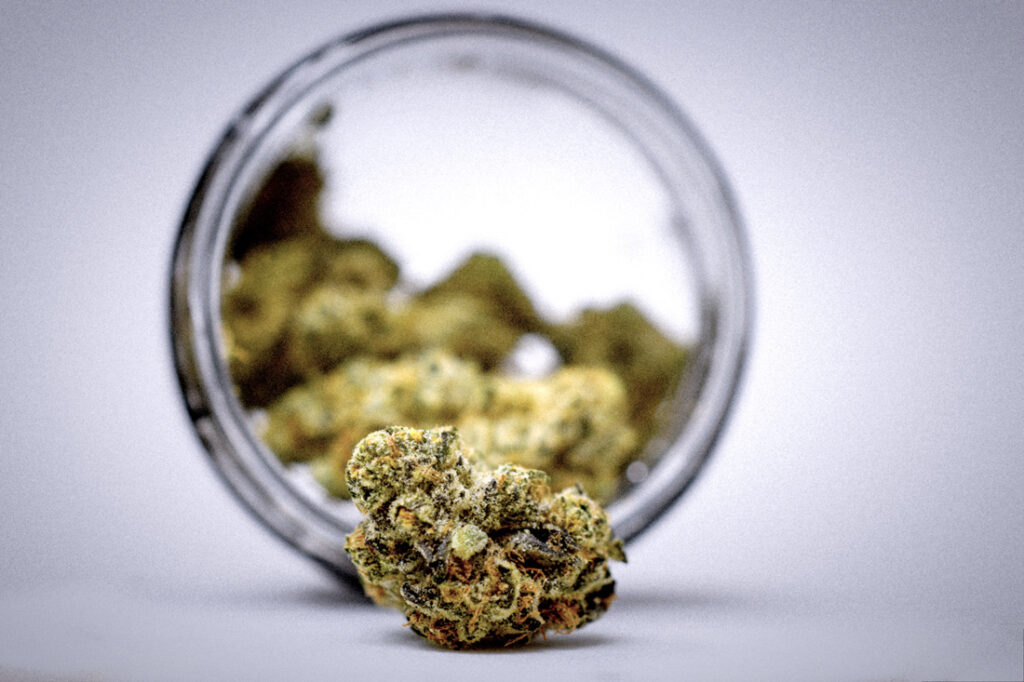

[…] Oh yes! While hemp does have ample amounts of CBD, it only contains trace amounts of other psychoactive compounds, like the acid, THCA. […]
[…] D OG packs an impressive 29.52% THCA. This strain is a hybrid, a combination of Triangle Kush, SFV OG, and Angels OG. It leans about 70% […]
[…] Catfish is a Tier II Ohio medical marijuana strain from Farkas Farms. It contains 26.91% THCA and 24.02% THC, as well as 0.06% CBDA and 0.0% […]
[…] […]